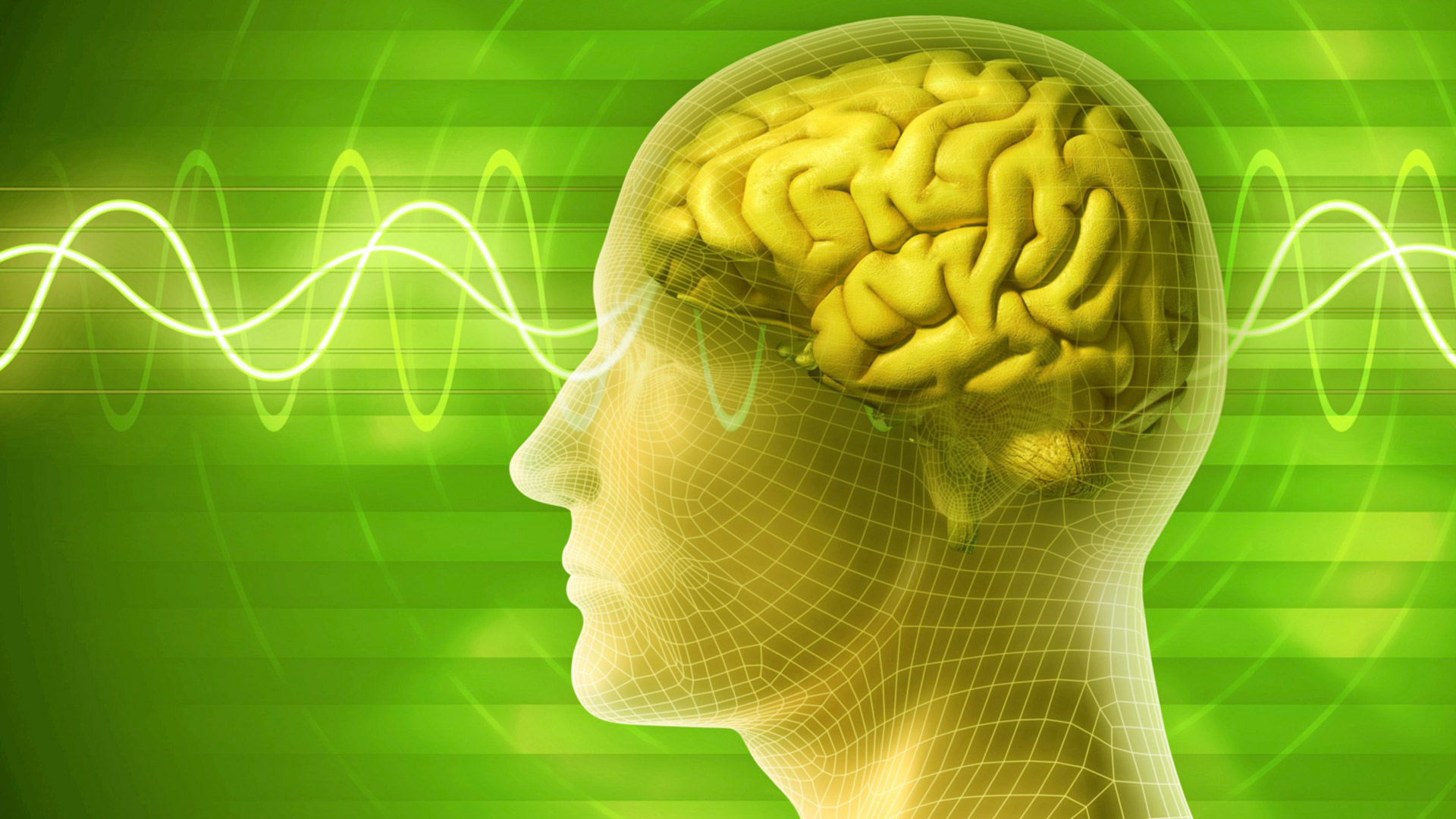Unveiling the Connection Among quantitative EEG and Sleep Disorder Patterns for Enhanced Assessment and Treatment
Unveiling the Connection Among quantitative EEG and Sleep Disorder Patterns for Enhanced Assessment and Treatment
Blog Article
Sleep apnea is a common slumber condition that impacts many people throughout the world. It occurs when a individual's breathing is disrupted during slumber, resulting to subpar slumber standards and various health concerns. One of the methods researchers and doctors are working to improve comprehend and diagnose sleep apnea is through a technique called quantified EEG, or qEEG. This approach assesses the electrical activity of the cerebrum and can offer valuable understandings into how sleep apnea impacts cerebral activity and overall well-being.
qEEG involves placing small electrodes on the head to capture brain waves. These cerebral oscillations are then analyzed to identify patterns that may suggest sleep conditions, including sleep apnea. By analyzing these trends, medical professionals can obtain a more precise understanding of how sleep apnea disrupts typical cerebral function during sleep. This information can be essential for developing efficient therapeutic strategies tailored to specific clients. Comprehending the connection between qEEG and sleep apnea can lead to enhanced identification techniques and better outcomes for those impacted by this disorder.
Studies has shown that individuals with sleep apnea often exhibit specific alterations in their brain oscillation trends. For instance, during episodes of apnea, the brain may show increased function in specific regions while other areas become less active. These alterations can influence how effectively a individual sleeps and how rested they feel upon waking. By employing qEEG to track these cerebral oscillation patterns, doctors can identify specific characteristics of sleep apnea in clients, which can help in formulating a more precise diagnosis. This is particularly important because sleep apnea can occasionally be confused for alternative sleep conditions, resulting to misguided treatments.
In addition to improving diagnosis, qEEG can also play a role in assessing the efficacy of therapies for sleep apnea. For instance, after a patient begins using a continuous positive airway force (CPAP) device, which assists maintain the passage clear during slumber, qEEG can be utilized to evaluate alterations in brain activity. If the brain shows improved patterns of slumber after initiating treatment, it may suggest that the treatment is functioning well. This response can assist physicians formulate required modifications to treatment plans, ensuring that patients receive the optimal care feasible.
In summary, the relationship between qEEG and sleep apnea trends is an promising area of study that offers potential for improving identification and therapy. By comprehending how sleep apnea impacts cerebral activity, medical professionals can formulate more effective strategies to help patients attain improved slumber and enhance their general well-being. As studies progresses to evolve, it is likely that qEEG will turn into an essential tool in the fight against sleep visit page apnea, leading to superior results for those who experience from this difficult disorder.